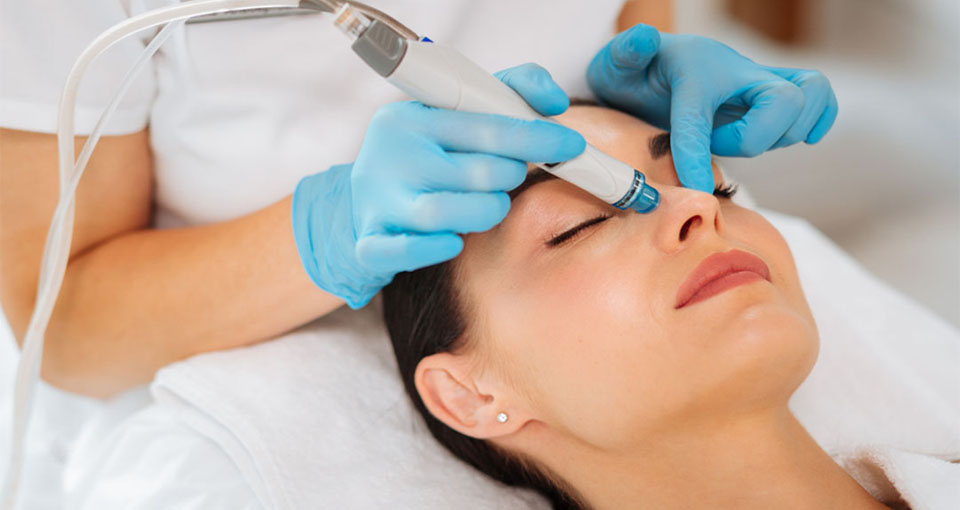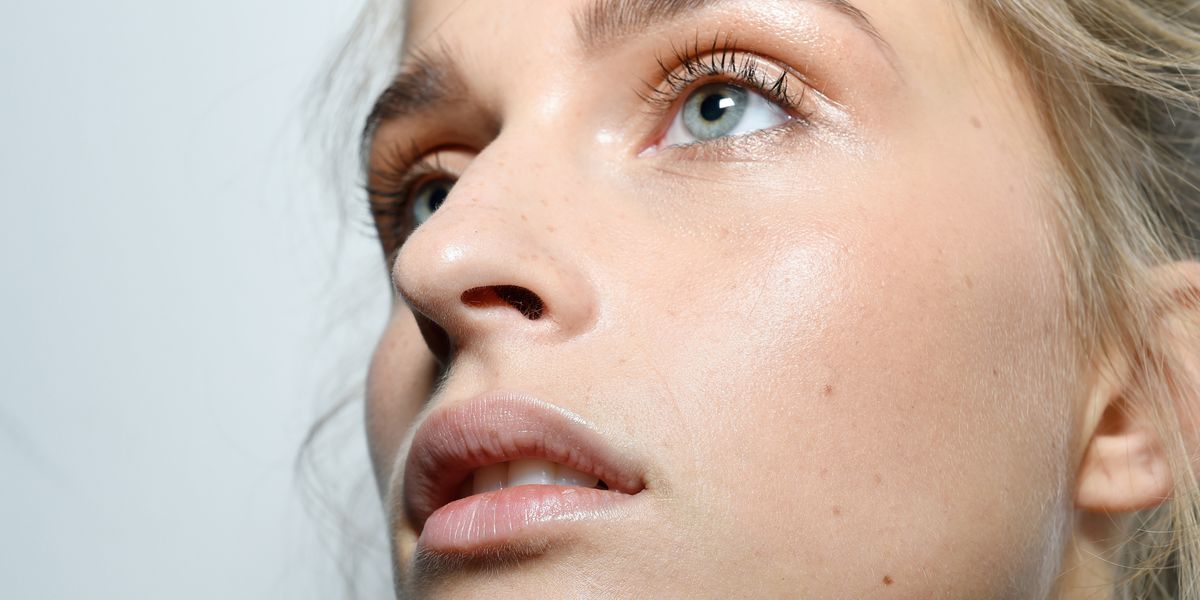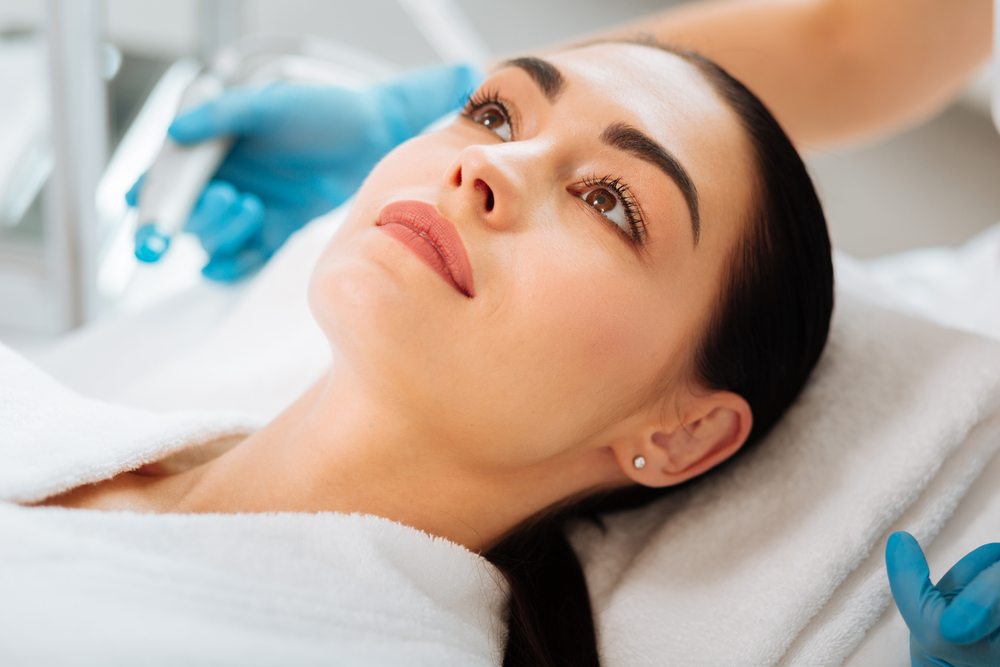Hydrafacial
HydraFacials
A HydraFacial is a patented skin treatment available in medical spas and dermatology offices. It’s also sometimes called “hydradermabrasion” because it involves microdermabrasion-like exfoliation paired with hydrating serums.Known for its three-step process, the HydraFacial works to deep-clean, exfoliate, and hydrate your skin. This professional procedure may help treat a variety of skin conditions, including acne, dryness, and wrinkles.
The noninvasive procedure is similar in principle to a regular facial you might get from a spa but is said to provide more dramatic results. This is achieved by a mechanized wand used on your skin to deeply clean and exfoliate while delivering serums customized to your skin type.If you’re curious about whether a HydraFacial is worth the hype, read on to learn more about the potential benefits, the possible side effects, and how it compares to similar treatments.


HydraFacial benefits
The HydraFacial is said to help improve overall skin texture, tone, and appearance. This is due to the deep exfoliation that cleans your pores, removing debris and allowing for better penetration of face serums tailored to your skin type.
Dead skin cells also contribute to blackheads. This noninflammatory type of acne may benefit from the same exfoliating and extracting methods used in the HydraFacial, but more clinical studies need to be done to confirm these benefits directly.
HydraFacial treatment work?
A HydraFacial is performed by either a licensed aesthetician or a dermatologist. The procedure is completed in three parts:
- Your provider uses a vortex-like wand against your skin to help clear away dirt and oil from deep in your pores. They also use a peel to help exfoliate and resurface your skin.
- Your provider uses a vacuum-like attachment on the wand to help extract debris from your pores.
- Your provider uses a pen-like attachment to apply a moisturizing serum with antioxidants.
A HydraFacial is sometimes followed by other skin care treatments, such as dermal fillers or light therapy. These are considered add-ons and are not included as part of the HydraFacial.

Make an Appointment
Book your appointment today for a personalized consultation. Whether you're interested in PRP treatment or other hair restoration solutions, our expert team is here to guide you through the process. Let's discuss how we can help you achieve your desired results.
Frequently Asked Questions
Hair restoration and PRP therapy can raise many common concerns among our clients. Below, we’ve compiled answers to frequently asked questions to help you better understand the PRP hair treatment process, its benefits, and what to expect during your journey to healthier hair. If you have any additional questions, feel free to contact our specialists.
-
What is PRP hair
treatment and how does it work?
PRP (Platelet-Rich Plasma) therapy involves drawing a small amount of your blood, processing it to extract the platelet-rich plasma, and injecting it into your scalp. The platelets release growth factors that stimulate hair follicles, promoting natural hair growth and improving hair thickness.
-
How
long does it take to see results from PRP hair treatment?
Most patients begin to see noticeable improvements within 3-6 months after starting PRP therapy. However, the timeline can vary based on individual hair growth cycles and the severity of hair thinning.
-
Is
PRP treatment painful?
The procedure involves minor discomfort since it uses small injections into the scalp. Most patients find the pain tolerable, and a numbing cream is often applied beforehand to minimize any discomfort.
-
How
many PRP sessions will I need?
Typically, a series of 3-4 sessions spaced 4-6 weeks apart is recommended to achieve optimal results. After the initial treatments, maintenance sessions every 6-12 months may be suggested to sustain hair growth.
-
Are
there any side effects of PRP hair treatment?
PRP treatment uses your own blood, so the risk of adverse reactions is minimal. Some mild swelling, redness, or tenderness at the injection site may occur but typically resolves within a few days.





